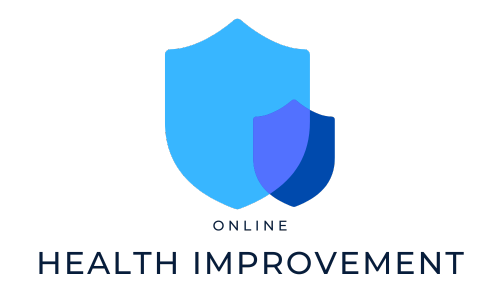Title: Eye Infections: Prevention and Treatment
Introduction:
The eyes are one of the most valuable organs in the human body, enabling us to perceive the world around us. However, they are also vulnerable to various infections that can cause discomfort, pain, and even potential vision loss if left untreated. This article aims to provide insights into preventing and treating common eye infections, offering practical advice and measures for maintaining optimal eye health.
I. Preventing Eye Infections:
1. Practice good hygiene:
– Wash hands thoroughly before touching your eyes or applying eye drops.
– Avoid touching or rubbing your eyes with dirty hands.
2. Avoid sharing personal items:
– Do not share towels, washcloths, or pillowcases to prevent cross-contamination.
3. Contact lens care:
– Follow proper contact lens hygiene, including cleaning and disinfecting lenses as per instructions.
– Replace contact lenses as recommended by your eye care professional.
– Avoid sleeping with contact lenses, as it increases the risk of eye infections.
4. Protect your eyes:
– Wear protective eyewear, such as goggles or safety glasses, during activities that may cause eye injuries or expose the eyes to harmful substances.
5. Keep cosmetics clean:
– Avoid using expired eye makeup products and discard any that have changed consistency or smell.
– Do not share eye makeup, applicators, or brushes to avoid bacterial contamination.
II. Common Eye Infections and their Treatment:
1. Conjunctivitis (Pink Eye):
– Caused by viral, bacterial, or allergic factors.
– Viral conjunctivitis typically resolves on its own, with symptom relief through cold compresses and over-the-counter lubricating eye drops.
– Bacterial conjunctivitis may require antibiotic eye drops or ointments prescribed by a healthcare professional.
– Allergic conjunctivitis can be managed by avoiding allergens and using antihistamine eye drops or oral medications.
2. Stye (Hordeolum):
– A red, painful bump resembling a pimple on the eyelid caused by a bacterial infection.
– Warm compresses multiple times a day can help alleviate symptoms and accelerate healing.
– Avoid popping or squeezing the stye, as it can worsen the infection.
– If the stye does not improve within a few days or becomes increasingly painful, seek medical attention.
3. Blepharitis:
– Inflammation of the eyelids caused by bacterial infection or poor eyelid hygiene.
– Regular eyelid hygiene, such as gentle cleansing with warm water and mild soap, can help reduce symptoms.
– Applying warm compresses to the eyelids and using prescribed antibiotic ointments or eye drops may be necessary.
4. Keratitis:
– Infection of the cornea, often caused by bacteria, viruses, fungi, or parasites.
– Avoid contact lens wear until the infection clears.
– Prompt medical attention is vital for appropriate diagnosis and treatment, which may include antimicrobial eye drops or oral medications.
Conclusion:
Preventing eye infections requires practicing good hygiene, being mindful of personal items, and taking necessary precautions. It is essential to promptly treat eye infections to prevent complications and preserve vision. If you experience persistent symptoms or worsening conditions, seeking professional medical advice is crucial. By adopting preventive measures and promptly addressing eye infections, we can maintain optimal eye health and ensure clear vision for a lifetime.
